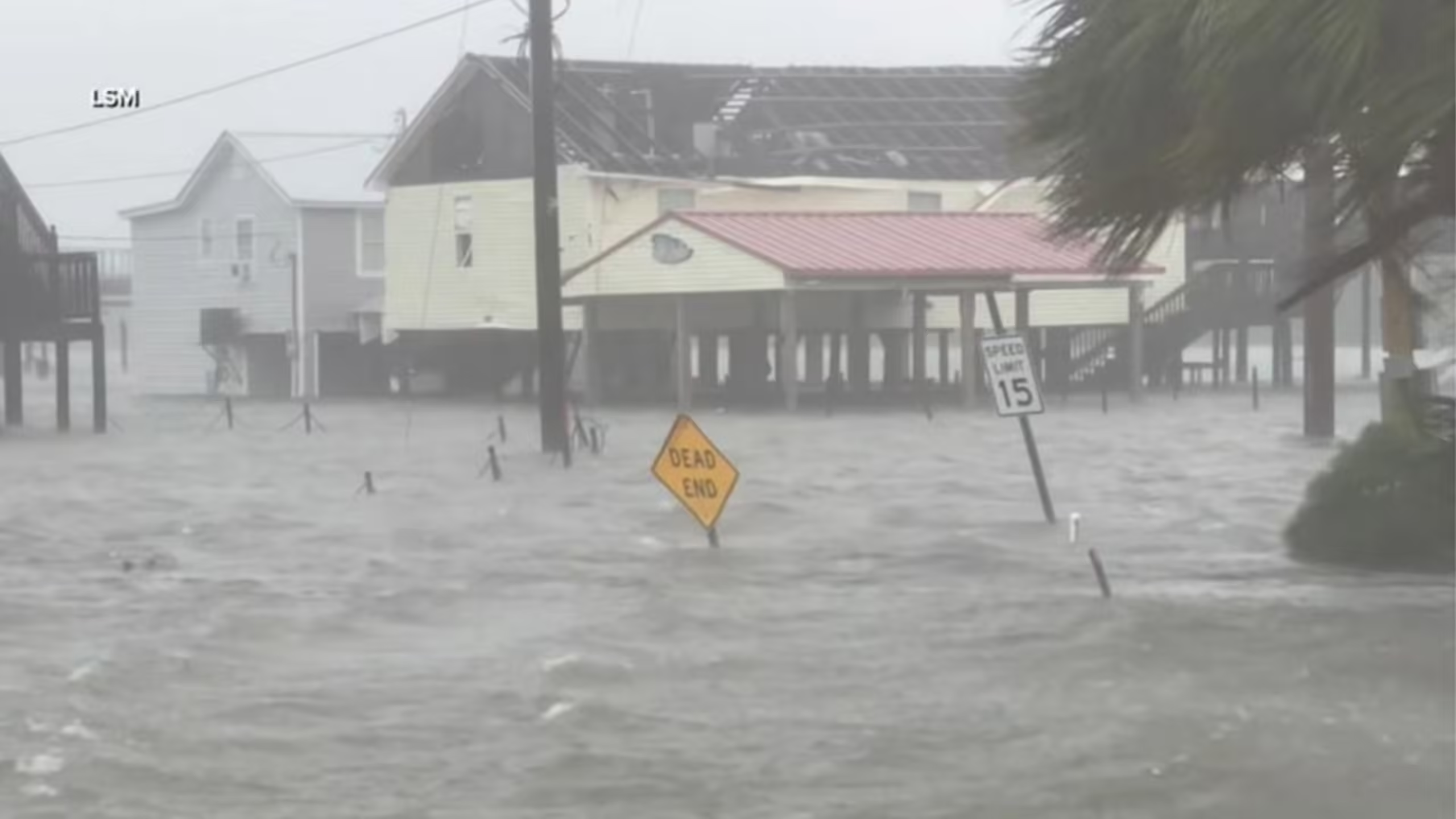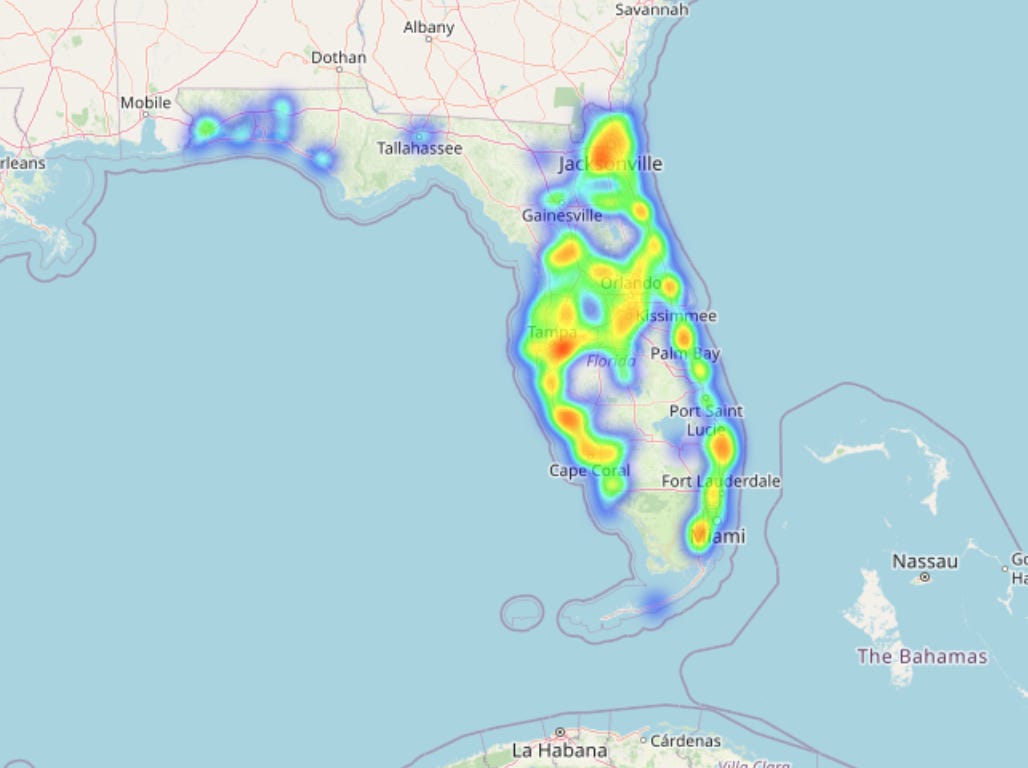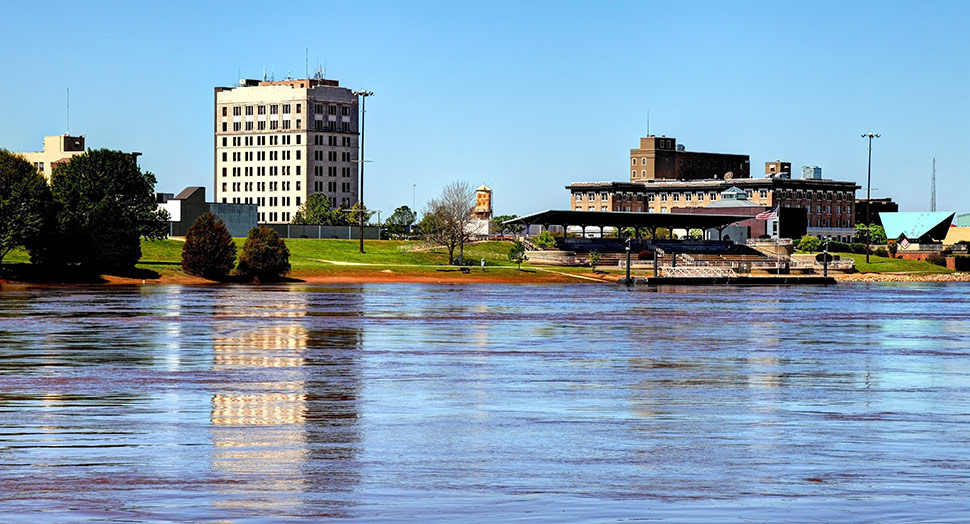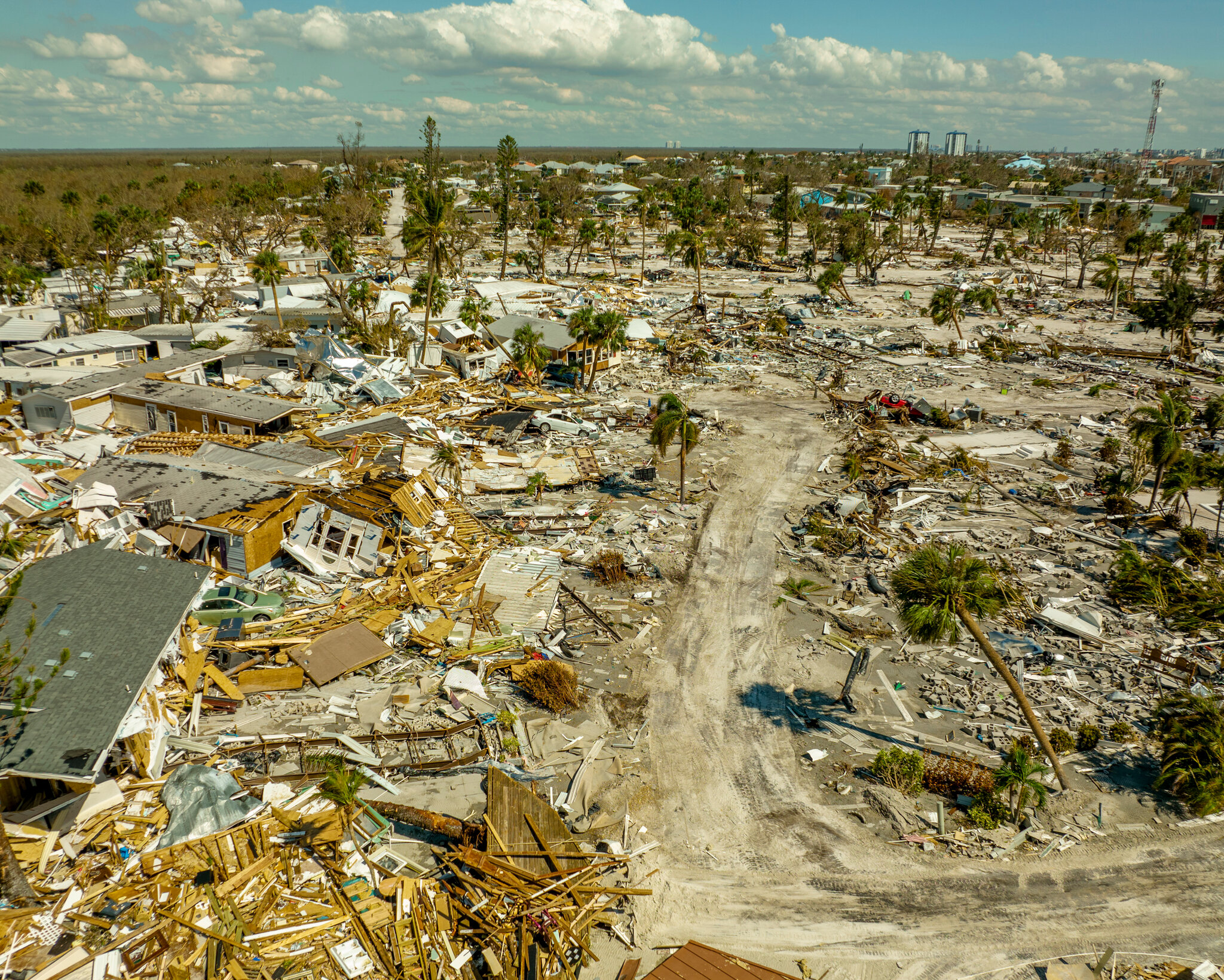
What Causes Hurricanes to Impact Certain States More?
Hurricanes form over warm ocean waters, usually in tropical and subtropical regions. The warmer the water, the more fuel for these massive storms. That’s why states along the Gulf of Mexico, the Atlantic Coast, and even parts of the Pacific Coast are more prone to hurricanes. Several factors determine which states are most at risk for hurricanes:
- Geography: States that have coastlines bordering warm ocean waters, such as the Gulf of Mexico or the Atlantic Ocean, are at higher risk.
- Climate: Warm and humid climates create the ideal conditions for hurricanes to form and strengthen before they reach land.
- Hurricane Season: The Atlantic hurricane season runs from June to November, and during this period, these coastal states face the highest risk of landfall.
For more information on how hurricanes form and why certain states are more vulnerable, visit this NOAA guide on hurricanes.
Top 5 U.S. States With the Most Hurricanes
While hurricanes can impact any coastal state, some states experience hurricanes more frequently. Here are the top five states most at risk for hurricanes, based on historical data:
1. Florida

It’s no surprise that Florida tops the list of states with the most hurricanes. With its long coastlines along both the Atlantic Ocean and the Gulf of Mexico, Florida is highly susceptible to hurricanes, with over 120 recorded hurricane landfalls since records began. Florida’s warm waters and its location in the southeastern U.S. make it the perfect target for storms moving up from the Caribbean or forming in the Gulf.
Most Notable Hurricanes: Hurricane Andrew (1992), Hurricane Irma (2017), Hurricane Michael (2018)
For residents of Florida, being prepared for hurricanes is essential. Learn more about hurricane preparedness and how to protect your home from water damage by visiting Citywide Mold Mitigation.
2. Texas
Texas ranks second in the number of hurricanes, especially along the Gulf Coast. From Galveston to Corpus Christi, Texas has seen its fair share of devastating storms. With over 60 hurricanes hitting the state in recorded history, the Gulf Coast of Texas is particularly vulnerable to hurricanes that form in the Gulf of Mexico and rapidly intensify before making landfall.
Most Notable Hurricanes: The Galveston Hurricane (1900), Hurricane Harvey (2017)
For tips on how to protect your Texas home from hurricane-related water damage, check out Citywide Mold Mitigation’s resources.
3. Louisiana

Louisiana is another Gulf Coast state that faces frequent hurricane threats. The warm waters of the Gulf of Mexico are a breeding ground for powerful storms, many of which make landfall in Louisiana. New Orleans and the surrounding areas are particularly vulnerable due to their low elevation and proximity to the coast.
Most Notable Hurricanes: Hurricane Katrina (2005), Hurricane Laura (2020)
If you live in Louisiana, hurricane preparedness is crucial. Find out how to protect your property from flooding and mold growth by visiting Citywide Mold Mitigation.
4. North Carolina
While most people associate hurricanes with the Gulf of Mexico, North Carolina’s Atlantic coastline also makes it highly susceptible to hurricanes. With over 55 hurricanes making landfall in the state, North Carolina frequently experiences hurricanes that move up the Eastern Seaboard or develop in the Atlantic. The Outer Banks and coastal regions are especially at risk.
Most Notable Hurricanes: Hurricane Florence (2018), Hurricane Fran (1996)
5. South Carolina

Like its northern neighbor, South Carolina is also at high risk for hurricanes due to its Atlantic coastline. While not as frequently impacted as Florida or Texas, South Carolina has seen over 30 hurricanes in recorded history. Charleston and the surrounding coastal areas are particularly vulnerable to storm surges and flooding from hurricanes.
Most Notable Hurricanes: Hurricane Hugo (1989)
Other U.S. States at Risk for Hurricanes
While the top five states experience the most hurricanes, several other states are also at risk. These states have fewer hurricanes but are still vulnerable during hurricane season:
- Georgia: While Georgia doesn’t see as many direct hurricane hits as Florida or Texas, the state is often affected by the remnants of hurricanes that make landfall in neighboring states.
- Alabama: Alabama’s Gulf Coast sees frequent tropical storms and hurricanes, with Mobile and Gulf Shores being the most vulnerable areas.
- Mississippi: Mississippi’s Gulf Coast is another area regularly hit by hurricanes, especially storms that develop in the Gulf of Mexico.
- Virginia: Virginia’s Atlantic coastline is susceptible to hurricanes that travel up the Eastern Seaboard, though it experiences fewer hurricanes than its southern neighbors.
When Is Hurricane Season?
The Atlantic hurricane season runs from June 1 to November 30, with the peak occurring between mid-August and late October. During this time, warm ocean waters fuel the development of tropical storms and hurricanes, making coastal states particularly vulnerable. If you live in one of the states prone to hurricanes, it’s important to have a plan in place before the season begins.
How to Protect Your Home From Hurricanes
If you live in a state that’s at high risk for hurricanes, taking steps to protect your home can help minimize damage. Here are some tips for hurricane preparedness:
| Step | Description |
|---|---|
| 1. Install Storm Shutters | Storm shutters protect windows from high winds and flying debris during a hurricane. Installing storm shutters or using plywood to board up windows can help prevent costly damage. |
| 2. Secure Outdoor Items | Bring in outdoor furniture, grills, and other loose items before a storm to prevent them from being picked up by high winds and causing damage. |
| 3. Seal Cracks and Leaks | Inspect your home for any cracks, gaps, or leaks that could allow water to seep in during a storm. Seal these areas to prevent flooding and water damage. |
| 4. Elevate Electrical Systems | If you live in a flood-prone area, consider elevating your electrical systems, including your HVAC unit and electrical outlets, to reduce the risk of water damage during a storm. |
For more tips on protecting your home from hurricane damage, visit Ready.gov’s hurricane preparedness guide.
FAQ
| Question | Answer |
|---|---|
| Which U.S. state has the most hurricanes? | Florida experiences the most hurricanes, with over 120 hurricanes making landfall since records began. Its location and warm waters make it highly susceptible to hurricanes. |
| What months are most at risk for hurricanes? | The Atlantic hurricane season runs from June 1 to November 30, with the peak of the season occurring between mid-August and late October. |
| Are hurricanes getting more frequent? | Yes, research suggests that hurricanes are becoming more frequent and intense, partly due to warmer ocean temperatures and climate change. |
| Can hurricanes cause mold problems? | Yes, hurricanes can lead to water damage, which creates the perfect conditions for mold growth. After a hurricane, it’s important to inspect your home for mold and take steps to prevent it. |
| How can I protect my home from hurricane-related water damage? | Seal cracks and leaks, install storm shutters, and secure outdoor items to protect your home from hurricane damage. For more help, contact Citywide Mold Mitigation for expert advice on preventing water damage and mold growth. |
If you live in a hurricane-prone state and need help with water damage prevention or mold remediation, contact Citywide Mold Mitigation today for expert services.

